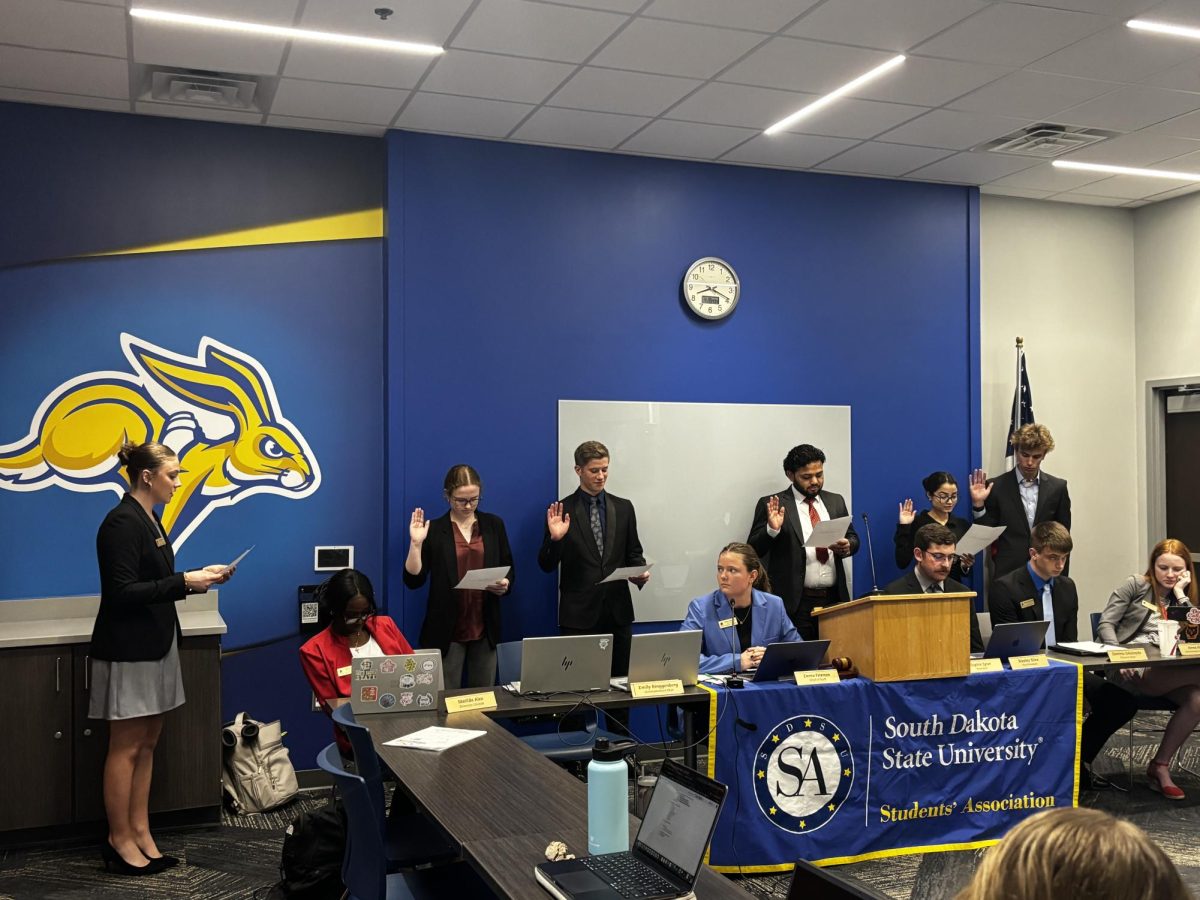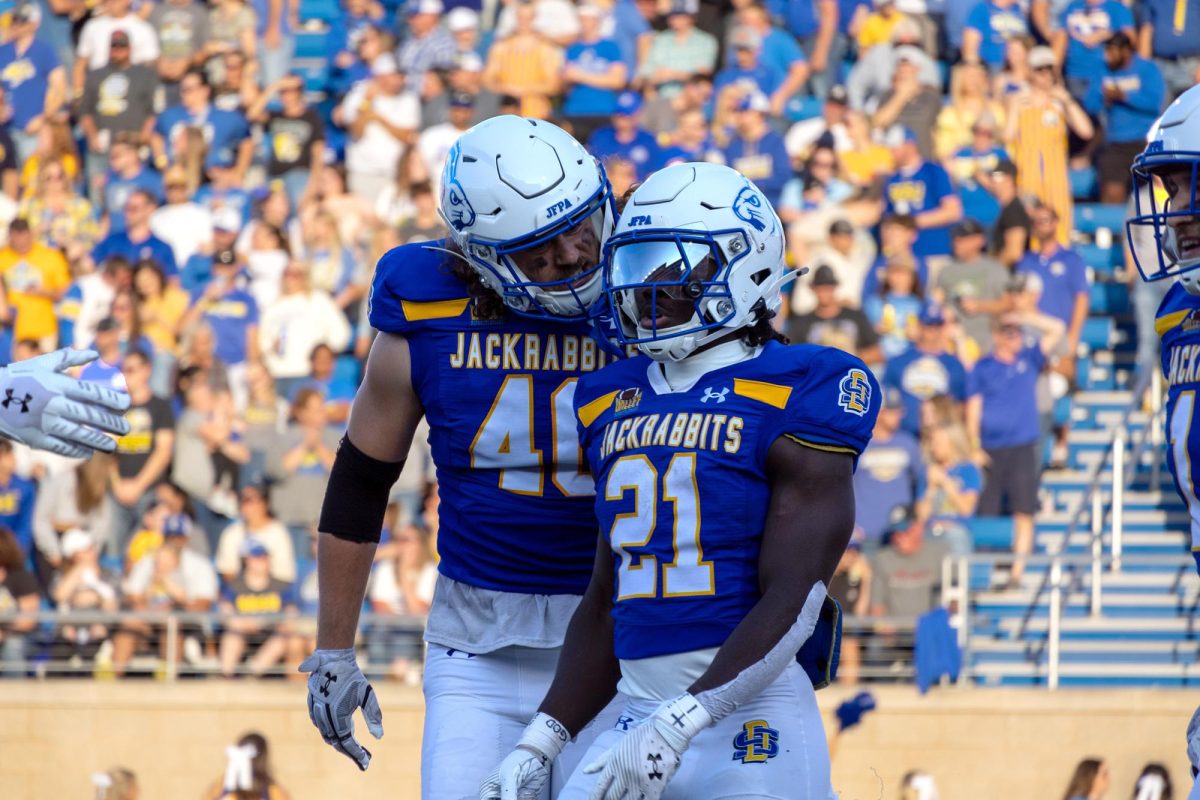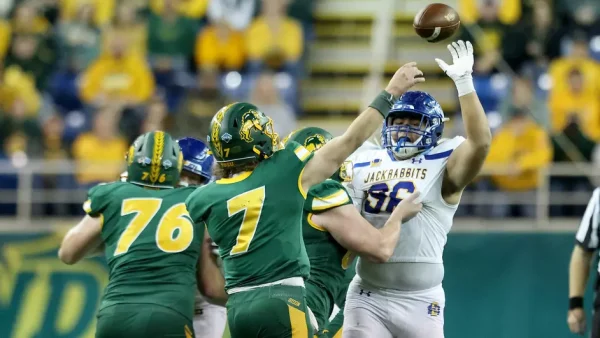An Idiot’s Guide to Punk Rock Music
February 11, 2004
Jesse Christen
Everybody’s punk rock now.
Not only are the Partridge Family-turned-punk bands like Sum 41 and Blink 182 popular, groups like Rancid and NOFX are common sites on T-shirts across our rather unpunk home of SDSU.
Country rockers like Ryan Adams, and techno artists like Moby, all claim to have a “punk” past. What used to be the music everyone hated is now what you need to be into be any kind of hipster.
In case you’ve missed out on the early punk, here’s a beginner’s guide to punk rock. Now you can impress you’re friends with your knowledge of bands that show you were a rebel before it became cool and before you could buy the clothes, nose-rings and music at mall chain stores like Hot Topic.
First of all, you have to acknowledge the rebellious energy and renegade look of the 1950s rockabilly artists. Gene Vincent, the Johnny Burnette Rock ‘n’ Roll Trio, Dale Hawkins and Jerry Lee Lewis, to name a few, all provided a greasy hair, leather jacket and switch-blade look that is still considered punk. Just look to Social Distortion for proof. And don’t forget about the tin-can lid playing a barbed-wire-strung guitar sound of instrumentalist Link Wray; he’s where the idea of playing three chords through a speaker-blown amp comes from.
Next came the “’60s punk” phase. This is also referred to as “Garage Rock.” For years this area’s been the playground of serious record collectors who spend big bucks on rare Shadows of Knight 45s. Bands like the Sonics, the Wailers, the Syndicate of Sound, the Standells and the Amboy Dukes still provide cover songs for Punk Rock bands.
Next came the godfathers of punk. The late ’60s and early ’70s gave birth to proto-punk groups like the MC5, Blue Cheer, Iggy and the Stooges and the New York Dolls gave a small but dedicated group of creeps and losers bands to copy. Hell, the entire first batch of punk bands all tried to be as outrageous as Iggy, energetic as the MC5 and as sloppy rcokin’ as the Dolls.
Soon bands from places like New York, home to the Ramones, Dead Boys, Dictators, Richard Hell, the Heartbreakers (not Tom Petty’s band ya’ dummy!) and Suicide. England had a national fad with the Sex Pistols, Buzzcocks, the Clash and the Damned; and even Australia got into the act with the amazing Radio Birdman, the Saints and the Fun Things. All these groups praised the early innovators and couldn’t understand why the world wasn’t listening to Iggy and was instead going to disco clubs.
In early ’80s America, the next wave of punk bands got louder and faster. Los Angeles turned out violent music that reflected the side of life that wasn’t supposed to exist music. Black Flag, Circle Jerks, Fear and X all saw birth to a part of teenage Americana: the mosh pit. Bands from all over like San Francisco’s Dead Kennedy’s, Washington D.C.’s Minor Threat and Minneapolis’ Replacements show that punk was not just an isolated phenomenon.
England gave birth to some high-octane ’80s punkers too. The Exploited, GBH, Discharge and Amebix all gave rise to the Road Warrior mohawk, spikes and patched-up clothes look.
So there, now you’ve learned a little about the history of the music that gave birth to a now-mainstream youth fad. Sure, you may not be an individual if you’re punk now; but at least you won’t get beat up for wearing body piercings.





















